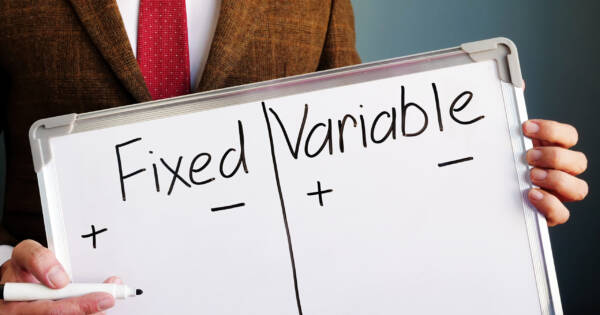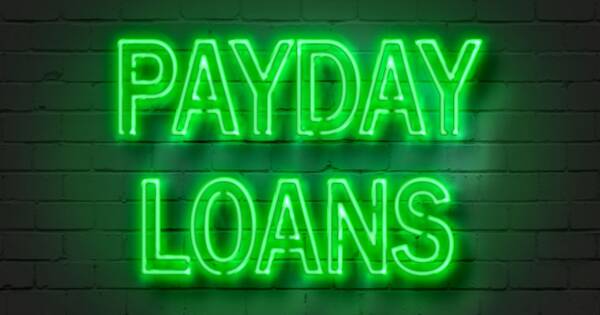A bridge loan offers short-term financing that helps individuals or businesses access funds while awaiting longer-term solutions. It can provide essential cash flow during major transactions, such as purchasing a home before selling an existing one or covering expenses during a temporary gap in funding. Although the flexibility can be appealing, higher interest costs and collateral requirements add meaningful risk. Understanding how bridge loans function can clarify when they may be useful and when other options might be safer.
How Bridge Loans Work
Bridge loans have a few different names. You may see them also called “interim financing,” “gap financing,” or “swing loans.” Regardless of the name, these types of loan each serve the same purpose. They provide a short-term loan in times when financing is needed but not yet available. Both corporations and private individuals can use bridge loans. Lenders can customize these loans for many different situations, including buying a house.
Bridge loans are most commonly used to help homeowners purchase a new house while they wait for their current home to sell. Owning money on your previous mortgage can impact being approved for a new one, especially when most homeowners are expecting to use the equity in their previous house as a down payment on their new one. A bridge loan can free up that money in order to purchase the new home, which is then paid back when the old home sells.
As mentioned, bridge loans typically carry a higher interest rate than other loans, like mortgages and home equity lines of credit (HELOC). This is because the borrower is temporarily at a higher risk of default, as they need to carry both properties for a bit, until one of them sells. However, people and businesses are usually willing to pay the higher interest rate because it’s only short term. The interest charges over a couple of months isn’t usually a major issue. After that, the bridge loan will be replaced by a more traditional loan (or mortgage) that carries a lower interest rate.
Use of Bridge Loans
Businesses use bridge loans when they are waiting for long-term financing or they need money to cover expenses in the short-term. Many businesses use bridge loans to provide working capital to cover payroll, rent, utilities, inventory costs, and other expenses until more secure, long-term funding comes through.
Bridge loans are also common in the real estate industry. If a homebuyer has time between the purchase of one property and the sale of another, they may use a bridge loan. Typically, lenders only offer real estate bridge loans to borrowers with excellent credit ratings and low debt-to-income ratios.
Bridge loans roll the mortgages of two houses together. That gives the buyer some flexibility as they wait for their old house to sell. However, in most cases, lenders only offer real estate bridge loans worth 80% of the combined value of the two properties. That means the borrower must have significant equity in the original property (or ample cash savings on hand) to cover the other 20%.
Bridge vs. Traditional Loan
Bridge loans typically have a faster application, approval, and funding process than traditional loans. However, in exchange for the convenience, these loans tend to have relatively short-terms, high interest rates, and large origination fees.
Borrowers accept these terms because they require fast, convenient access to funds. They are willing to pay high interest rates because they know the loan is only short-term and plan to pay it off relatively fast using low-interest, long-term financing. Additionally, most bridge loans do not have repayment penalties if they are paid off quickly and completely.
Pros of Bridge Loans
There are many positives associated with using a bridge loan. For starters, a homebuyer can purchase a new home and put their existing home on the market with no restrictions. This means you can immediately access the equity in your existing house to buy a new one, without having to wait until the old home sells. Obviously that’s much better than needing to sell your current home before you can shop for a new one. Where would you live in the mean time, anyway?
Another benefit is that, under certain circumstances, a bridge loan can be used to buy a new home even after removing the contingency to sell their old one. Some house offers include a condition that the buyer is able to sell their old home within a set time period, say 30 or 60 days. If they can’t, the offer is rescinded. A bridge loan can be the thing that allows buyers to remove that kind of condition, making their offer more attractive to the seller.
Cons of Bridge Loans
While there are positives to using bridge loans, there are also drawbacks too. As previously discussed, a bridge loan is typically more expensive than a traditional mortgage or home equity loan. Those who use bridge loans might end up paying higher interest costs than they would on a home equity loan. Typically, the rate of a bridge loan will be about 2% higher than that for a 30-year, standard fixed-rate mortgage.
Also, anyone wanting to use a bridge loan for a real estate transaction must essentially qualify to own two homes. Sure, you hope it’s only temporary. However, banks see it as much riskier. Not everyone will be able to qualify for what is essentially two mortgages at once. That means bridge loans aren’t actually available to just anyone (or any business). You’ll need to have equity in the home, or other collateral (including cash) to properly qualify.
Handling two mortgages at once, plus the bridge loan, can be stressful. Many people feel the sting of trying to juggle all these extra payments (and extra interest charges). If your home is struggling to sell for some reason, that can add extra pressure — and extra expenses. A bridge loan can be helpful, sure, but you should proceed with caution before diving into one.
Fees and Costs
Bridge loan terms vary significantly across lenders, and interest rates often run higher than those attached to traditional long-term financing. Some lenders defer payments for a short period, with interest and fees coming due once the borrower secures permanent financing or sells a property.
Costs commonly include interest charges, origination fees, administrative expenses, and appraisal fees. Exact amounts differ by institution, loan size, and borrower profile. Reviewing a lender’s fee schedule and comparing offers can provide a clearer picture of the total cost before proceeding.
Typical Bridge Loan Fees
Fees associated with bridge loans can include the following:
- Administration fee: $750
- Appraisal fee: $375
- Escrow fee: $350
- Title policy fee: $350+
- Wiring fees: $75
- Notary fee: $40
There’s typically a loan-origination fee as well. The cost is based on the amount of the loan, with each point of the origination fee equal to 1% of the loan amount. In most instance, a home equity loan is less expensive than a bridge loan. However, bridge loans offer more benefits for some people, depending on their circumstances. Many banks actually won’t issue a home equity loan if the home is listed for sale.
Other Options
Bridge loans are not the only option for those looking to upgrade their house. You can fund a down payment for a new home in several different ways. Even if you don’t have a hoard of cash saved up (and your existing home hasn’t sold yet), you can probably get a home equity loan or home equity line of credit instead of (or in addition to) a bridge loan. Then when your old house sells, pay off everything and close the accounts.
In some cases, it might just be safer and easier to sell an existing home before buying a new home. (As long as you have a stable place to live in the meantime, of course). A bridge loan, while convenient, can be expensive to carry and pay off. Bridge loans should only be taken out if you’re sure that you will be able to pay it off quickly. Otherwise, it could become a financial burden.
The Bottom Line
Bridge loans can be useful if you need short-term cashflow while waiting for longer term financing. While they certainly have some benefits, they also have drawbacks you’ll need to consider. The higher interest rates and extra loan payments are enough to scare some people off.
Deciding to take out a bridge loan should be done through careful analysis of your own financial situation. You should only seek out a bridge loan in instances where it makes sense to do so (and you can afford it). When it doubt, seek guidance from a qualified and reputable real estate agent, financial advisor, or loan expert.





